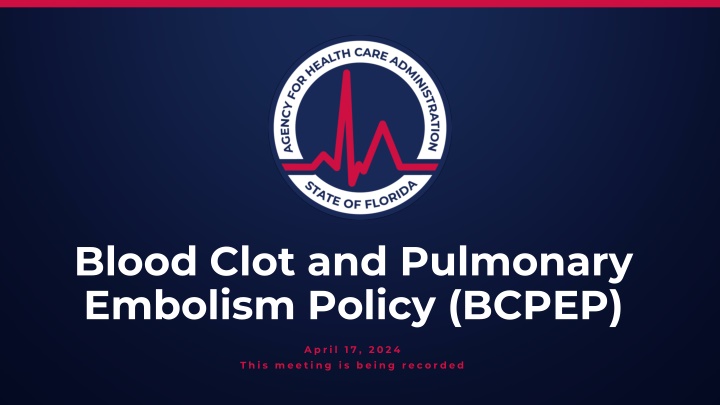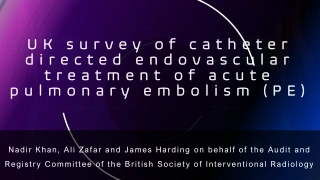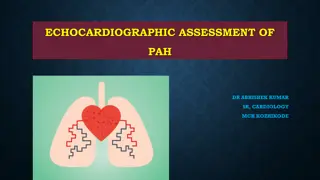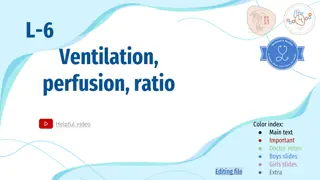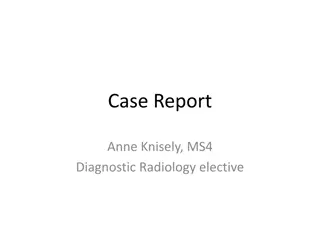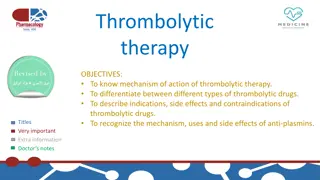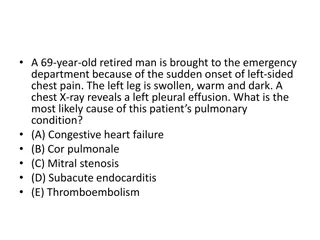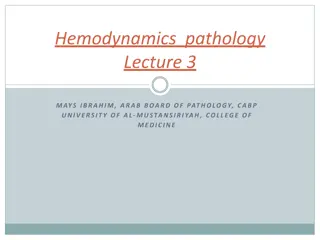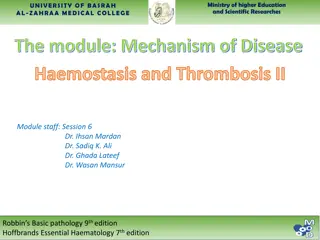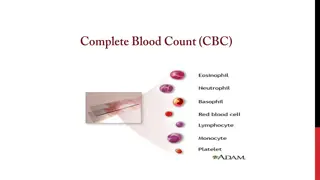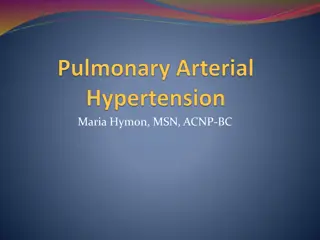Blood Clot and Pulmonary Embolism Policy Meeting - April 17, 2024
This meeting covers topics such as blood clot prevention, surveillance needs, guest speaker sessions, and VTE statistics. Discussions on data collection, analysis, and impact evaluation are emphasized for effective policy implementation to address VTE concerns.
Download Presentation

Please find below an Image/Link to download the presentation.
The content on the website is provided AS IS for your information and personal use only. It may not be sold, licensed, or shared on other websites without obtaining consent from the author.If you encounter any issues during the download, it is possible that the publisher has removed the file from their server.
You are allowed to download the files provided on this website for personal or commercial use, subject to the condition that they are used lawfully. All files are the property of their respective owners.
The content on the website is provided AS IS for your information and personal use only. It may not be sold, licensed, or shared on other websites without obtaining consent from the author.
E N D
Presentation Transcript
Blood Clot and Pulmonary Embolism Policy (BCPEP) A p r i l 1 7 , 2 0 2 4 T h i s m e e t i n g i s b e i n g r e c o r d e d
Call to Order, Welcome, and Roll Call
Action Items and Status Updates
Summary of Charles Rochester Blood Clot Prevention and Treatment Act
State Registries Guest Speaker: Melissa Jordan, Assistant Deputy Secretary of Health, FDOH
Guest Speaker: Christopher R. Cogle, M.D., CMO for Florida Medicaid
BCPEP Workgroup Discussion: Needs for Surveillance
VTE Statistics VTE is estimated to affect over 900,000 people annually in the United States, accounting for over 100,000 deaths. (1) Estimated average annual incidence is ~108 per 100,000 (2) True incidence and prevalence is likely much higher since up to 30% of cases may be asymptomatic or go undiagnosed. Direct medical costs for treatment of VTE ~5.8-7.8 billion dollars (1) Around 60% of VTE cases are associated with recent hospitalization or nursing home admission (3,4) 1. Arterioscler Thromb Vasc Bio. 2008; 28: 370 2. Arch Intern Med. 1991; 151: 933 3. Mayo Clin Proc. 2001; 76: 1102-1110 4. Arch Intern Med. 2002; 162: 1245-1248
Need For Surveillance There is a need for systemic collection of VTE incidence and VTE- related morbidity and mortality. 1. Develop case definition 2. Identify indicators and data sources 3. Partners to undertake surveillance 4. Collecting, analyzing, and disseminating data and findings 5. Evaluate the system and its impact on VTE
VTE Surveillance Establishing a Florida database is essential to gather annual incidence/prevalence of DVT and PE and associated mortality. This can also help estimate the healthcare burden and cost of VTE. 1. Need geographic representation of annual rates 2. Need demographic breakdown 3. Define groups that are at different risk 4. Be able to detect change over time
Recommendation: Step 1 Can DOH obtain age-adjusted annual rates of DVT, PE, and combined (VTE) throughout Florida? Other data to request: Annual rates of ER visits, hospitalizations, mortality Breakdown data to four age groups (0-12, 13-39, 40-64, 65+) Breakdown by location/county (heat map of Florida), sex, demographics, race/ethnicity Incidence of VTE from all hospital discharges Data on incidence from hospitals, long-term health facilities, free-standing ambulatory surgical centers, emergency departments Determine cost of hospitalizations, rate of chronic complications (can provide ICD-10 codes)
Recommendation: Step 2 Data collection as Quality measures website reporting of VTE by hospital systems
Recommendation: Steps 3 Establish a Florida VTE registry
Reporting Discussion 1. The annual reporting of statewide incidence of DVT and PE by the Department of Health. 2. The establishment of a statewide DVT and PE registry program to ensure all VTE reports are maintained. Registry should also be available for patient care use or research study for the purpose of reducing morbidity and mortality. No liability of any kind or character for damages or other relief shall arise or be enforced against any facility or practitioner by reason of having provided such information or material to the Department of Health. [identical to Section 385.202 Florida Statute]
Registry Ideas 1. Every facility to report to DOH (Should we request the creation of a Data system similar to the Florida Cancer Data System (FCDS)) 2. Type of data to collect 3. Frequency of reporting of registry. For much larger centers more frequently than smaller centers, but all within certain time frame (3 months of diagnosis)
Registry Ideas Continued 4. Death certificate cases mortality follow-back to identify VTE-related deaths 5. Hospital discharge data showing a diagnosis of VTE (primary or secondary diagnosis) usually reported to AHCA 6. The establishment and support of VTE or PERT centers and PE/DVT clinics can also aid in capturing and reporting cases 7. Reporting of chronic complications of VTE
Additional Recommendation Support the formation and designation of VTE clinical expert centers in Florida This would entail the presence of multidisciplinary care to DVT/PE The presence of PERT at the centers Post-PE follow-up Chronic VTE management (chronic DVT, CTED, CTEPH management) Help improve reporting data to registry
